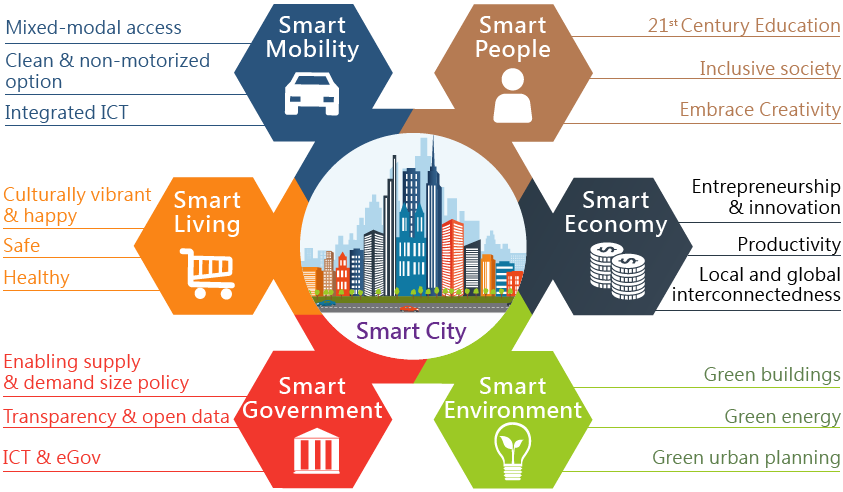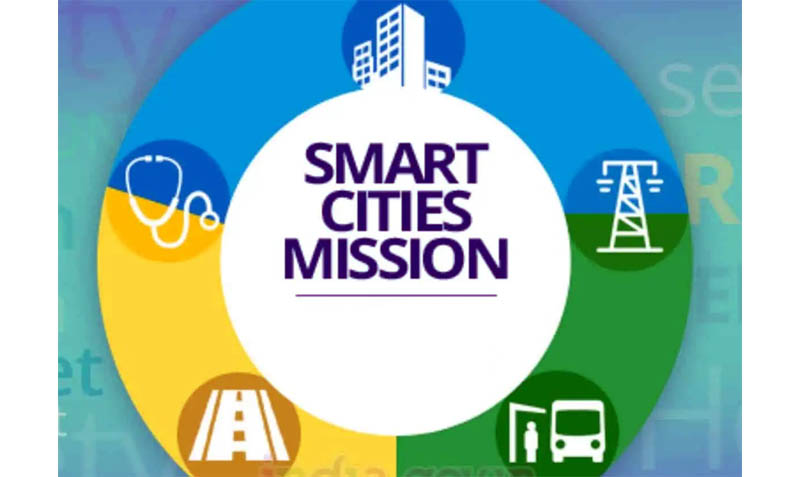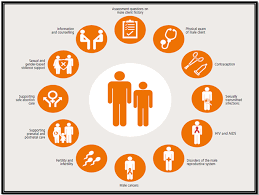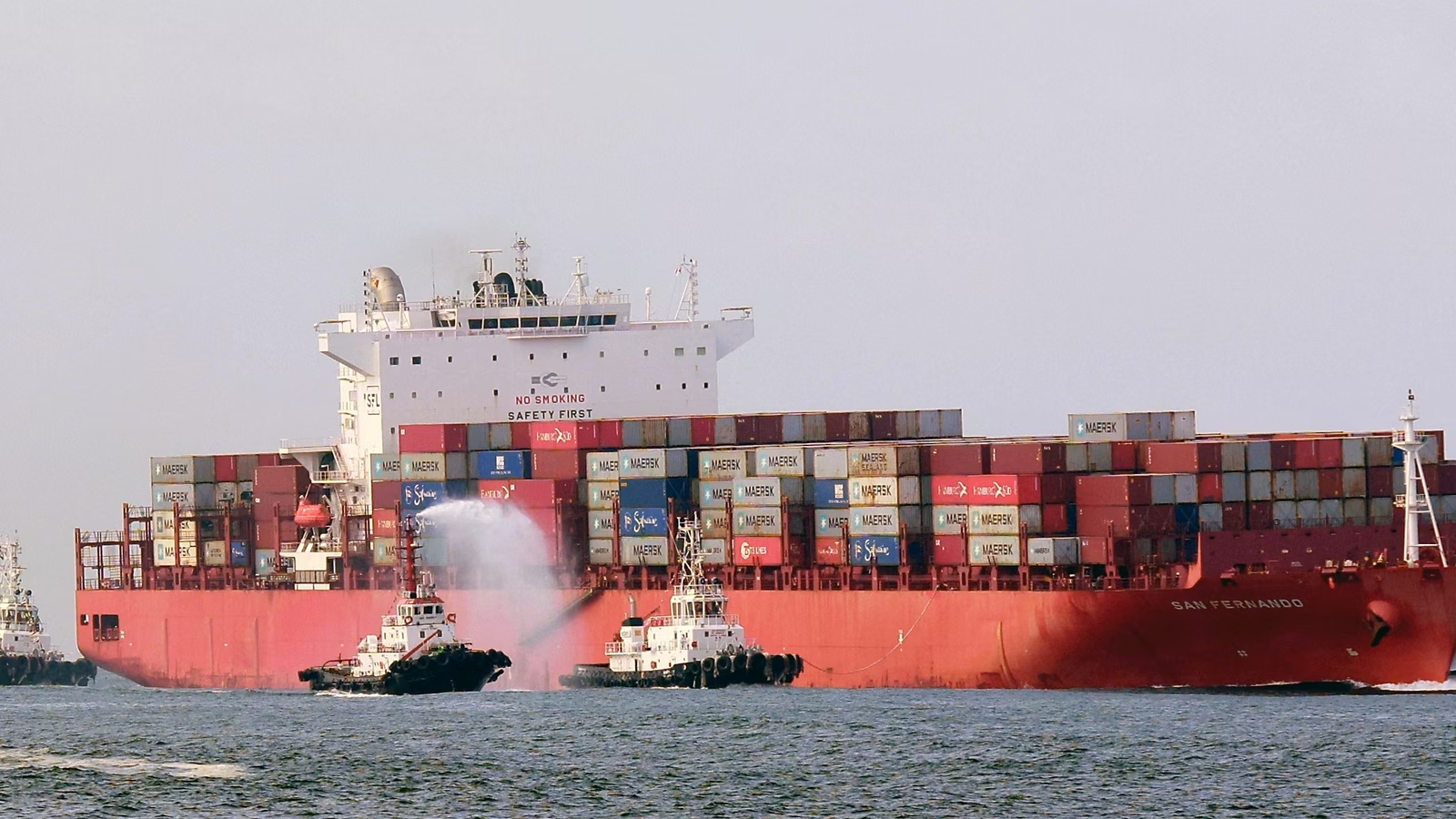The Hindu: Page 04
Syllabus: GS 2: Governance
Practice Question for Mains: Critically examine the objectives and achievements of the Smart Cities Mission in India. Discuss the challenges faced in its implementation and suggest measures to make Indian cities truly smart, sustainable, and inclusive.
The Indian government has extended the Smart Cities Mission until March 31, 2025, to allow the completion of remaining projects.
- Launched in 2015, the mission aims to develop 100 cities with over 90% of projects already completed.
Smart Cities Mission:
Launch and Aim: Launched in June 2015, the Smart Cities Mission (SCM) aims to develop 100 cities in India into smart cities through an area-based development plan. The six fundamental principles on which the concept of Smart Cities is based are:

- Selection: 100 cities were selected through a competitive process to become model areas, expected to influence surrounding regions positively.
- Projects: Over 8,000 multi-sectoral projects are being developed under the mission, with a total investment of around ₹1.6 lakh crore.
- Progress: As of July 3, 2024, 7,188 projects (90% of the total) have been completed, amounting to ₹1,44,237 crore.
- Remaining Projects: 830 projects, worth ₹19,926 crore, are in advanced stages of completion.
- Funding: The mission has a budget of ₹48,000 crore, with ₹46,585 crore (97%) already released and 93% utilised.
- Extension: The mission period has been extended until March 31, 2025, to allow for the completion of the remaining projects without additional costs.
Additional Information
Atal Mission for Rejuvenation and Urban Transformation (AMRUT)
About AMRUT:
Launched in 2015, the Atal Mission for Rejuvenation and Urban Transformation (AMRUT) aims to provide essential civic amenities like water supply, sewerage systems, urban transport, and green spaces to enhance the quality of life, particularly for the underprivileged sections of society. The mission emphasizes the creation of infrastructure that directly impacts the quality of services offered to citizens.
Objectives:
The main objectives of AMRUT are:
- To ensure every household has access to a tap with a reliable water supply and a proper sewerage connection.
- To increase the livability and aesthetic value of cities by developing well-maintained parks and open spaces.
- To reduce pollution by promoting public transport and non-motorized transport options like cycling and walking.
Coverage: AMRUT covers 500 cities, including all cities and towns with a population of over one lakh with notified municipalities.
Achievements: Since its launch, AMRUT has contributed significantly to water security by providing 1.1 crore household water tap connections and 85 lakh sewer connections, benefiting more than 4 crore people.
AMRUT 2.0: Expanding the Mission's Reach
About AMRUT 2.0:
The second phase of AMRUT, termed AMRUT 2.0, was launched to build on the success of the first phase by focusing on improved sewage and septic management, making cities water-safe, and ensuring that no untreated sewage flows into rivers. The mission aims to achieve comprehensive water supply and sewerage coverage in urban areas.
Goals of AMRUT 2.0:
- 100% coverage of water supply to all households in approximately 4,800 urban local bodies by providing 2.68 crore new tap connections.
- 100% coverage of sewerage and septage management in 500 AMRUT cities by providing 2.64 crore sewer/septage connections.
Principles and Mechanisms:
- Circular Economy: Emphasis on adopting a circular economy model, promoting conservation and rejuvenation of surface and groundwater resources.
- Data-Driven Governance: Promoting data-led governance for effective water management and establishing a Technology Sub-Mission to leverage global technologies and expertise.
- Pey Jal Survekshan: A survey initiative to foster healthy competition among cities for effective water management.
Coverage Expansion:
- AMRUT 2.0 extends the mission’s reach from 500 cities to 4,800 cities and towns, aiming to provide tap water connections to 26.8 million urban households, benefiting more than 10.5 crore people.
- Funding: AMRUT 2.0 has been approved with a central assistance of Rs 66,750 crore for the period 2021-2026, with a total estimated outlay of Rs 2.99 lakh crore.
Government's 100-Day Agenda under AMRUT 2.0
Focus Areas: The 100-day agenda under AMRUT 2.0 includes launching projects worth Rs 5,000 crore targeting water supply, sewage treatment, and rejuvenation of water bodies and parks. Key activities include commissioning 500 MLD of sewage treatment plants and 150 MLD of water treatment plants, benefiting 8 lakh households.
Current Status:
As of July 25, the Ministry of Housing and Urban Affairs (MoHUA) reported:
- 4,065 projects worth Rs 77,317.40 crore have been awarded out of a total of 8,205 projects worth Rs 1.82 lakh crore.
- 4,410 projects worth Rs 1.05 lakh crore are in the tendering or detailed project report (DPR) preparation stage.
- Approximately 50% of the approved projects focus on water supply, sewerage, and septage management, while other projects involve rejuvenation of water bodies, development of parks, groundwater recharge, and urban flood mitigation.
Additional Initiatives:
- Under the broader 100-day agenda, the government plans to finalize the Delhi Master Plan 2041 and create eight greenfield cities with Rs 1,000 crore funding each, as recommended by the 15th Finance Commission.
- AMRUT and AMRUT 2.0 aim to build sustainable and resilient urban infrastructure, ensuring better quality of life and enhanced civic services for all citizens, especially those in underserved areas.
Mains PYQ: ( UPSC 2016)
Ques. With a brief background of the quality of urban life in India, introduce the objectives and strategy of the ‘Smart City Programme.’








